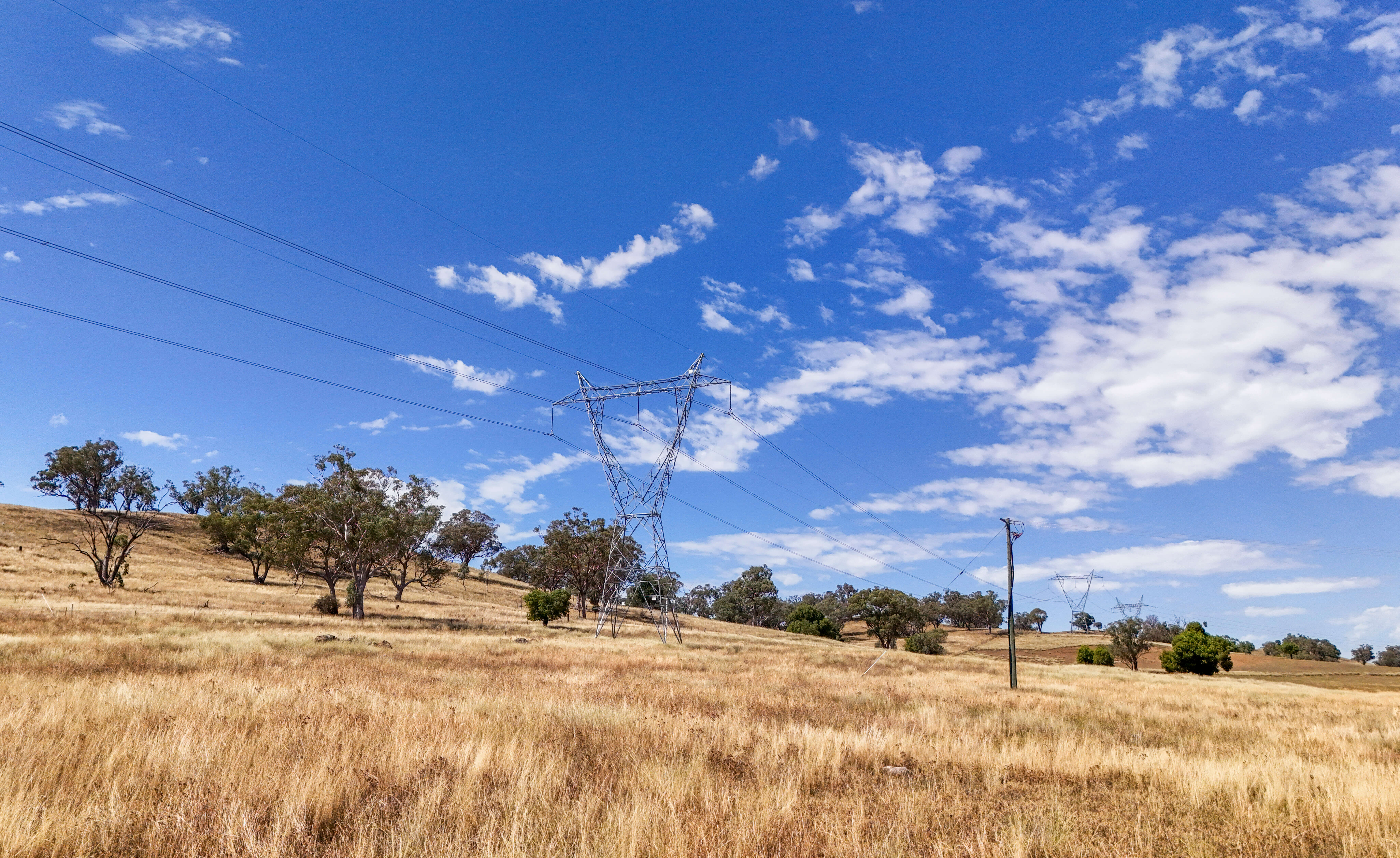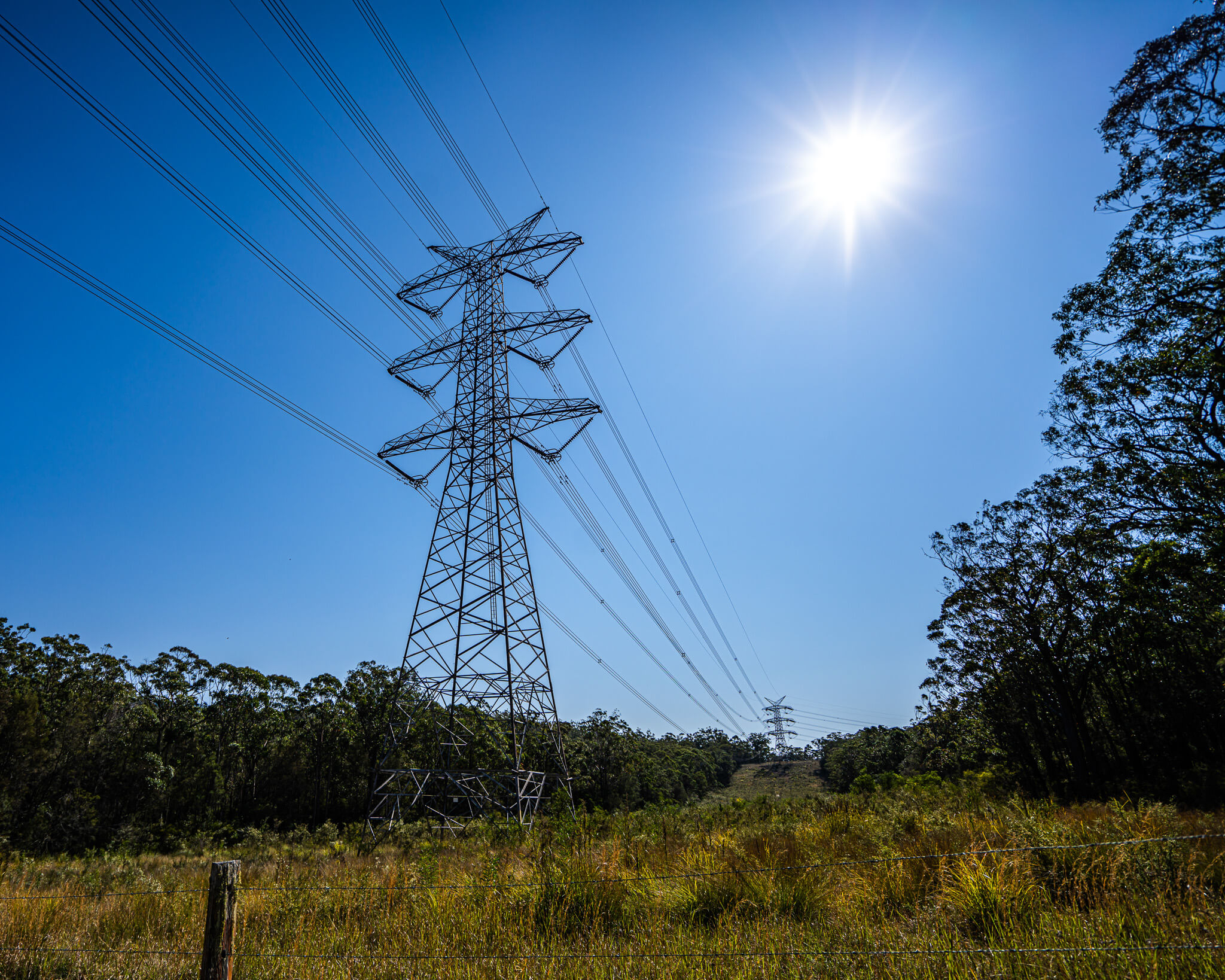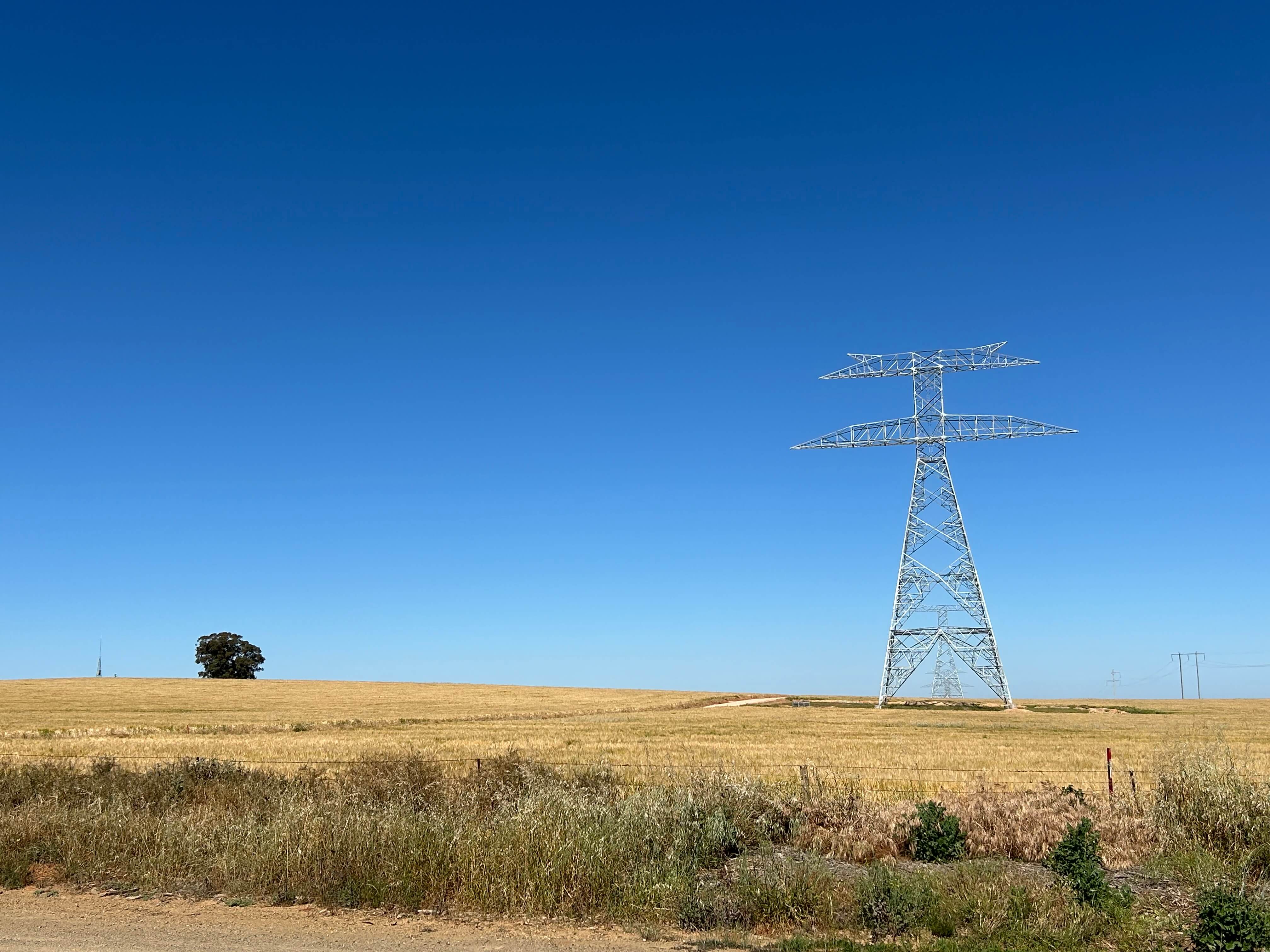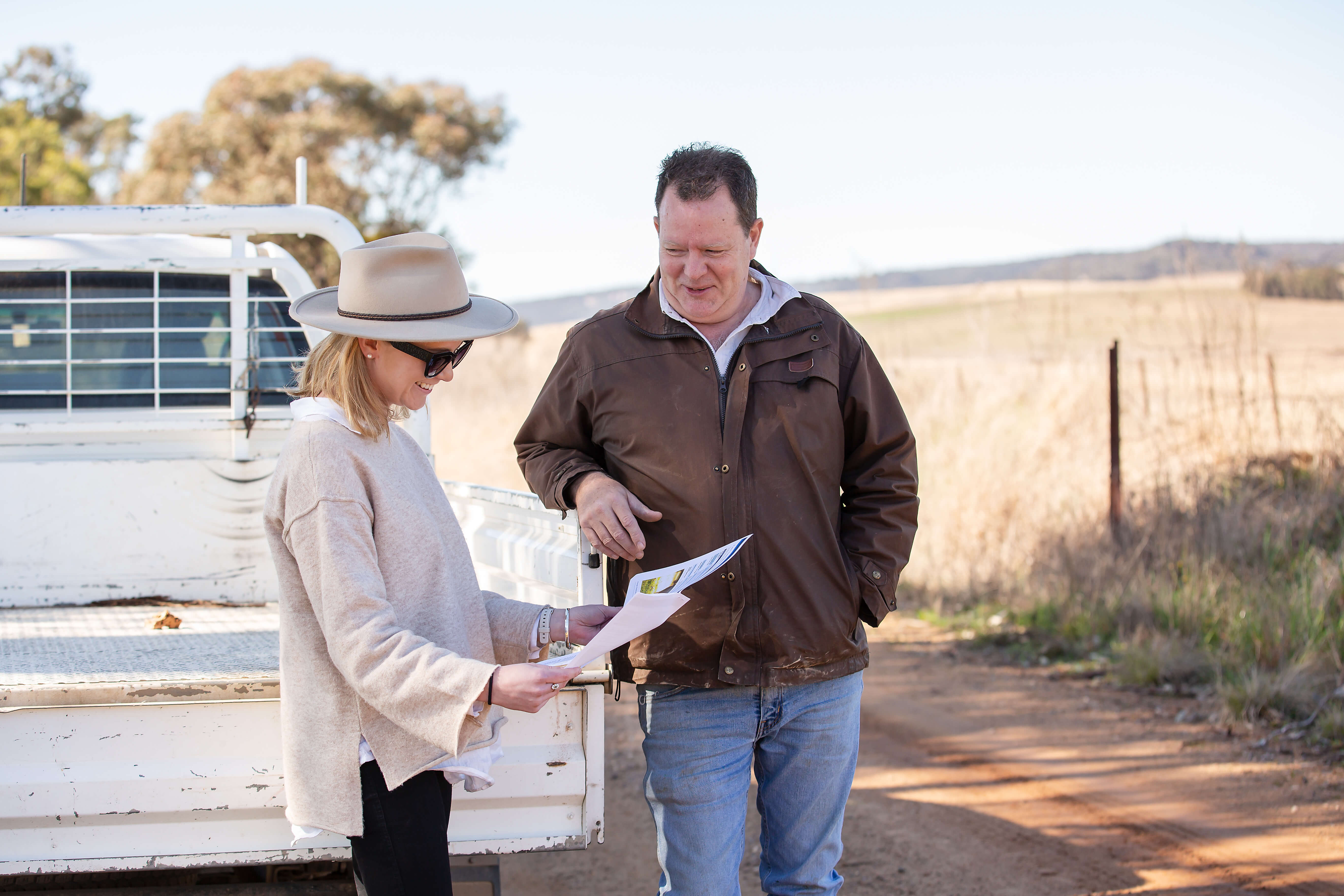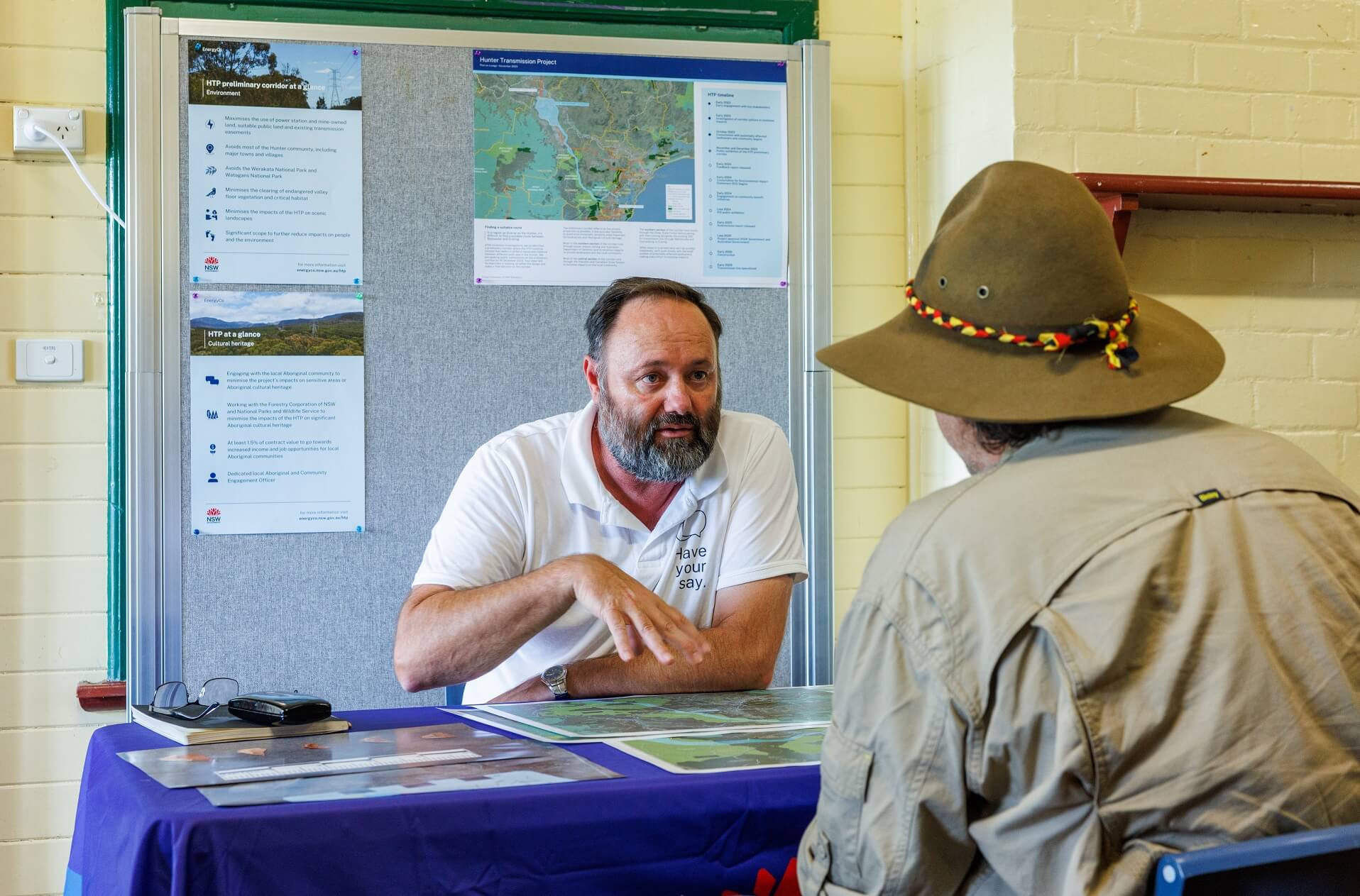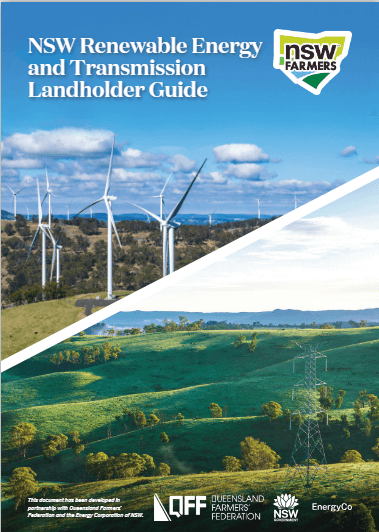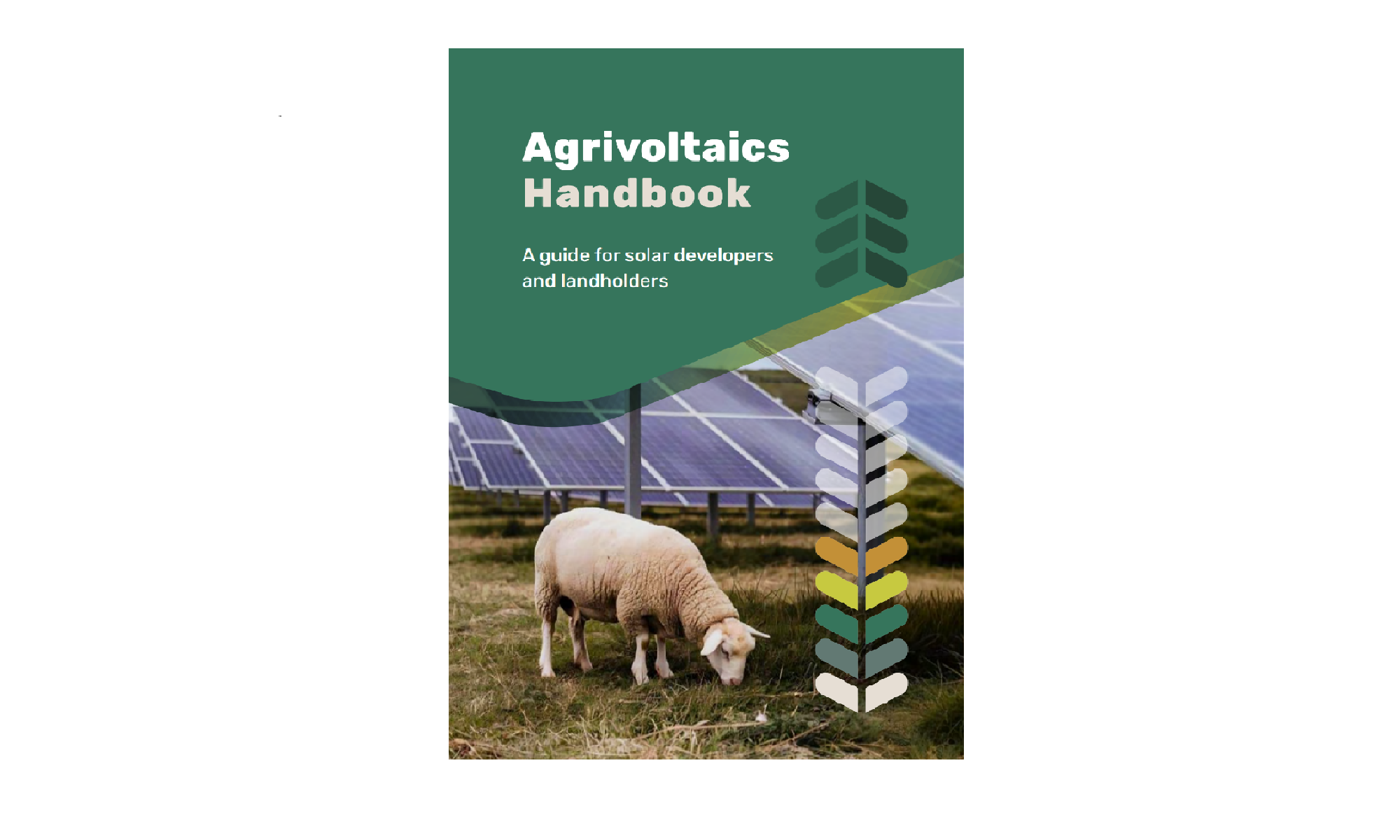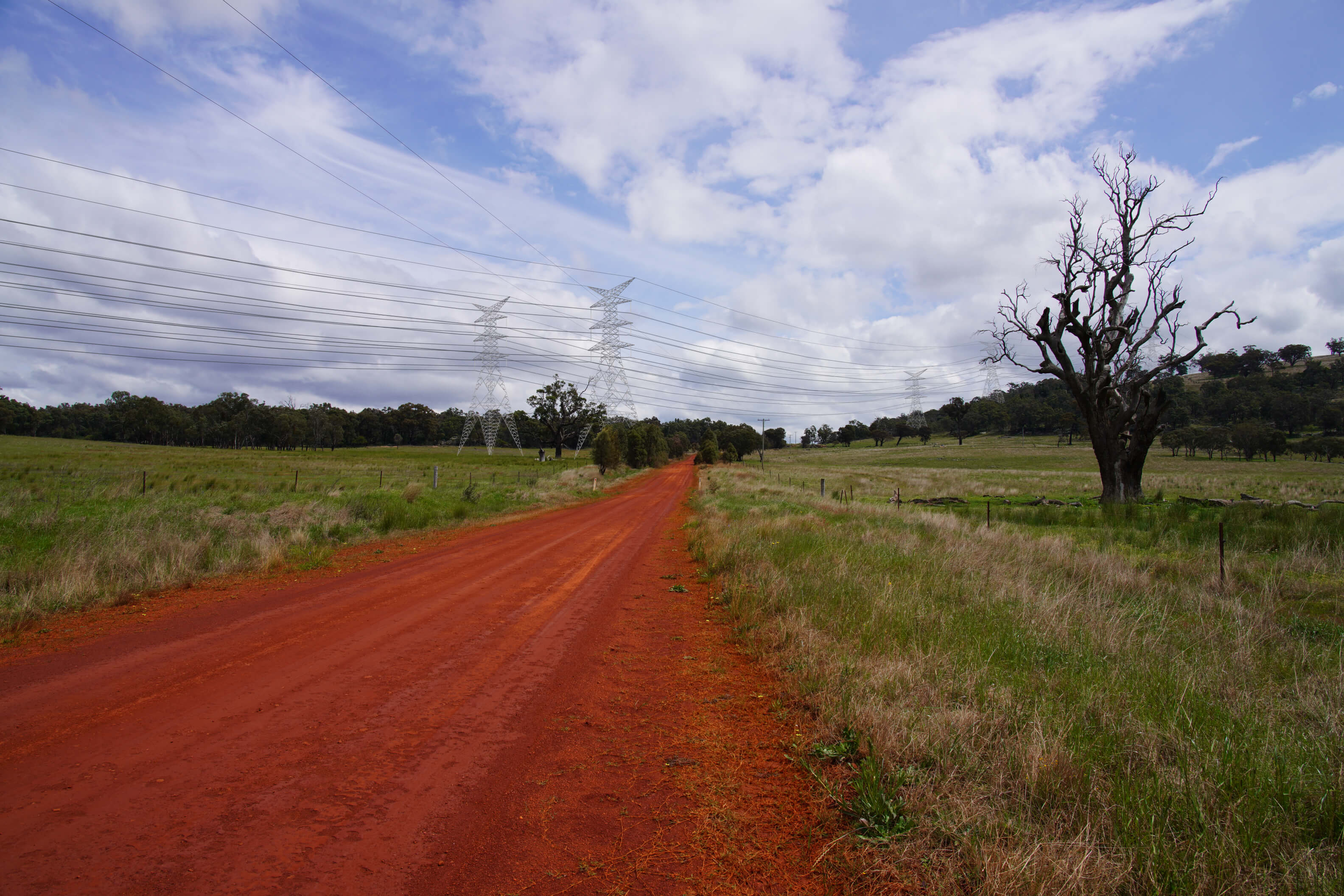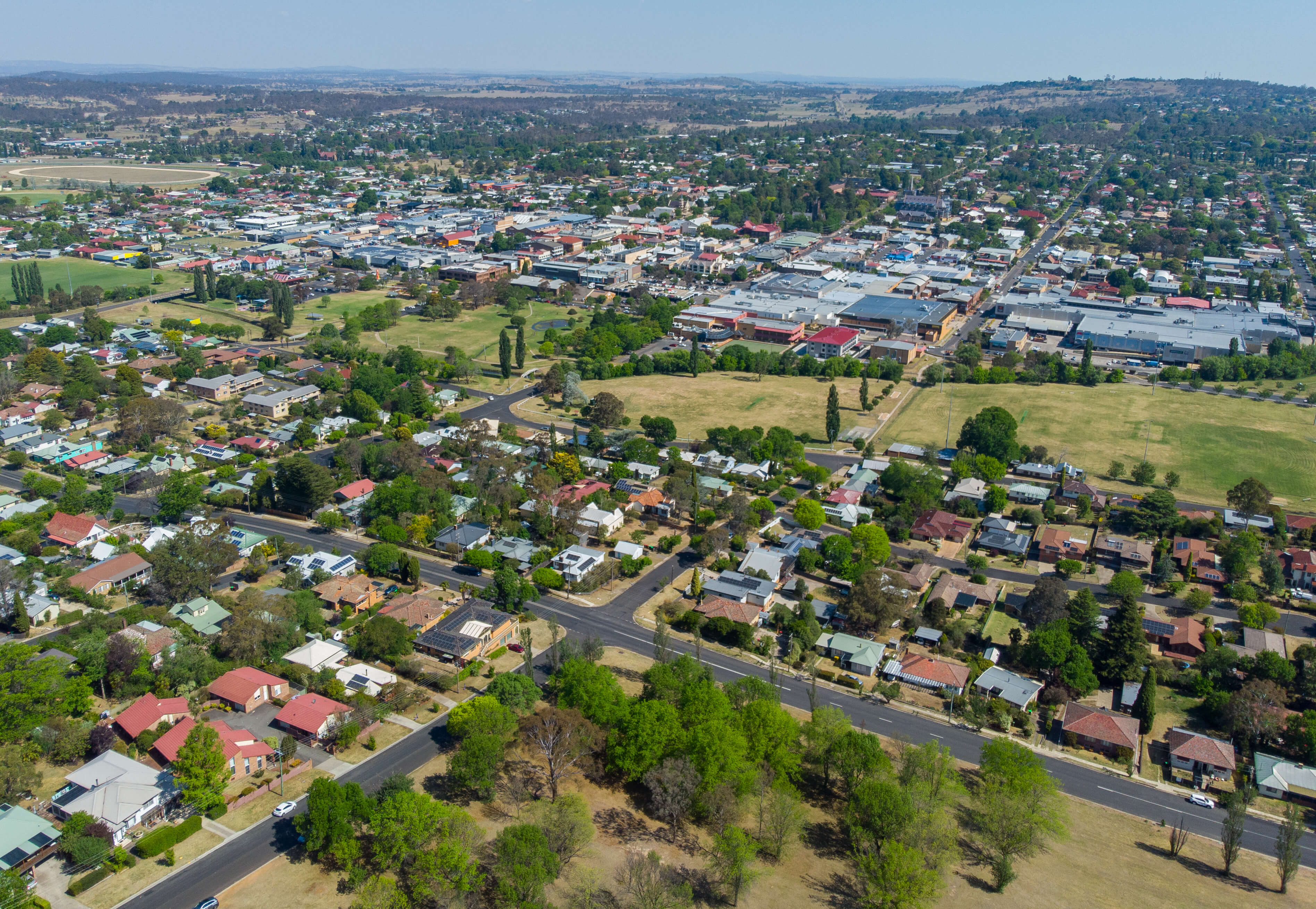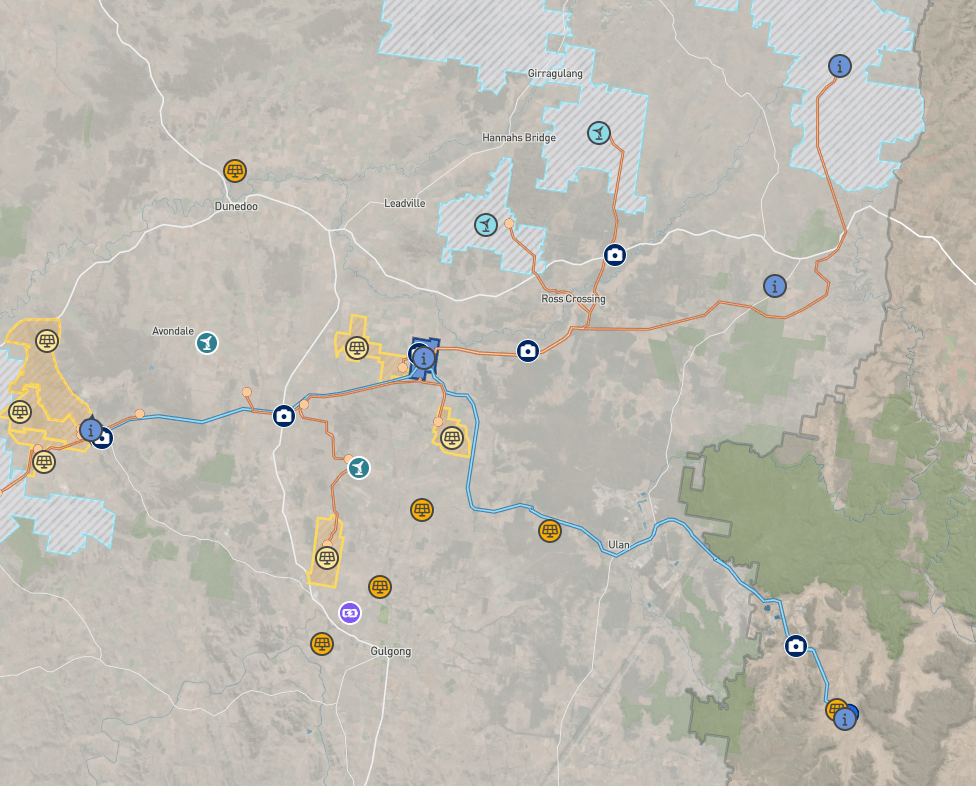How we work with landowners
Landowners host critical energy infrastructure that will power NSW’s future. We need strong relationships with host landowners to ensure that infrastructure can operate safely and reliably.
Legislation protects landowners’ rights to use and enjoy their land, and landowners are entitled to compensation if EnergyCo acquires rights to also use their land.
We work with landowners to locate infrastructure so that it minimises the impacts on their property and livelihood, and to determine fair compensation for any required acquisition.
Information about acquisition and compensation
Property Acquisition Support Line
The Property Acquisition Support Line provides free and confidential counselling services available 24 hours a day, 7 days a week to support your mental health and wellbeing. Call the Property Acquisition Support Line on 1300 089 551.
Find out more about the Property Acquisition Support Line service.
Keep up to date with specific projects
Learn how we're working with landowners and the broader community for the Hunter Transmission Project.
Learn about how we're working with landowners and the broader community in the Central-West Orana Transmission Project.
Learn about how we're working with landowners and the broader community in the New England REZ Network Infrastructure Project.
Get in touch with EnergyCo
Call 1800 118 894 (9 am to 5 pm, Monday to Friday).
Sign up for our Powering NSW e-newsletter.
